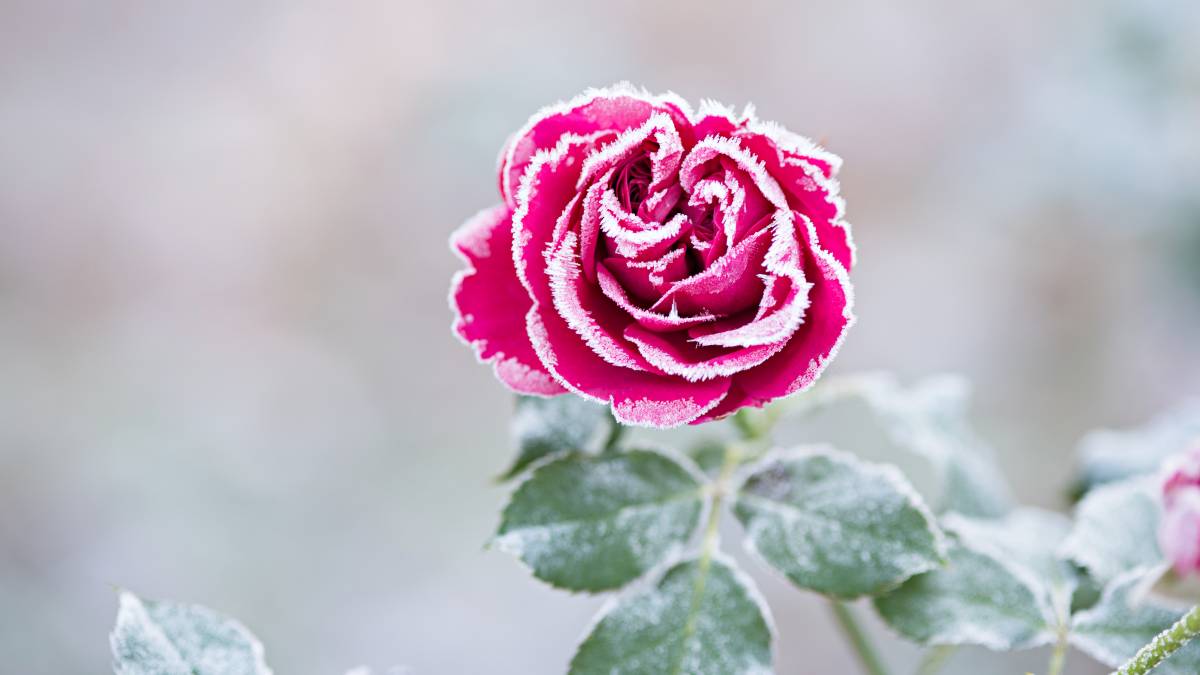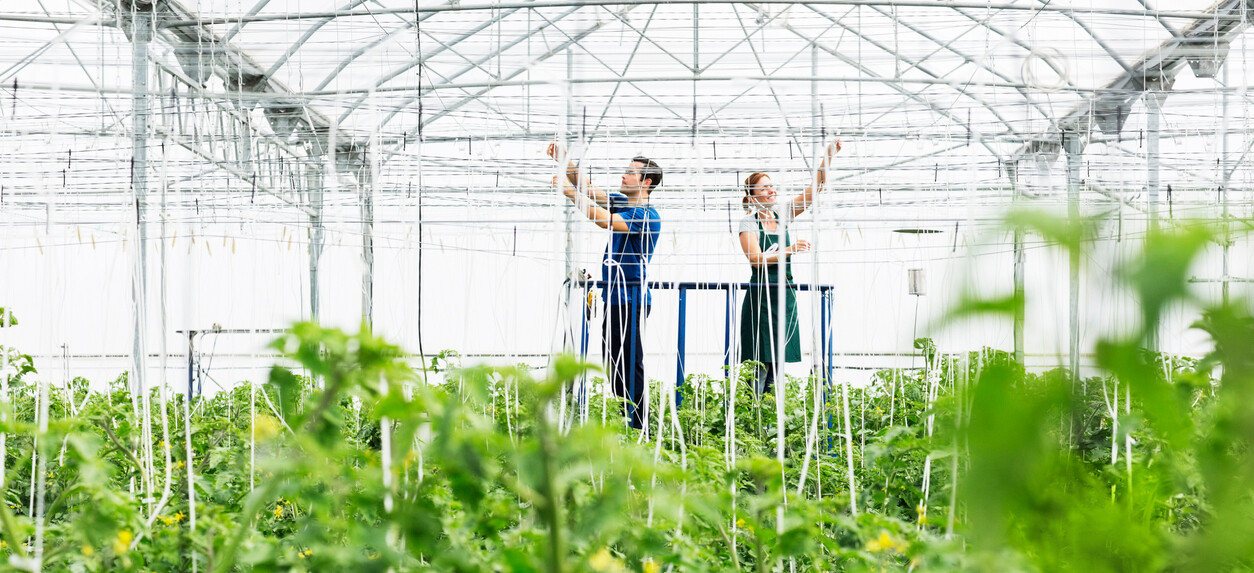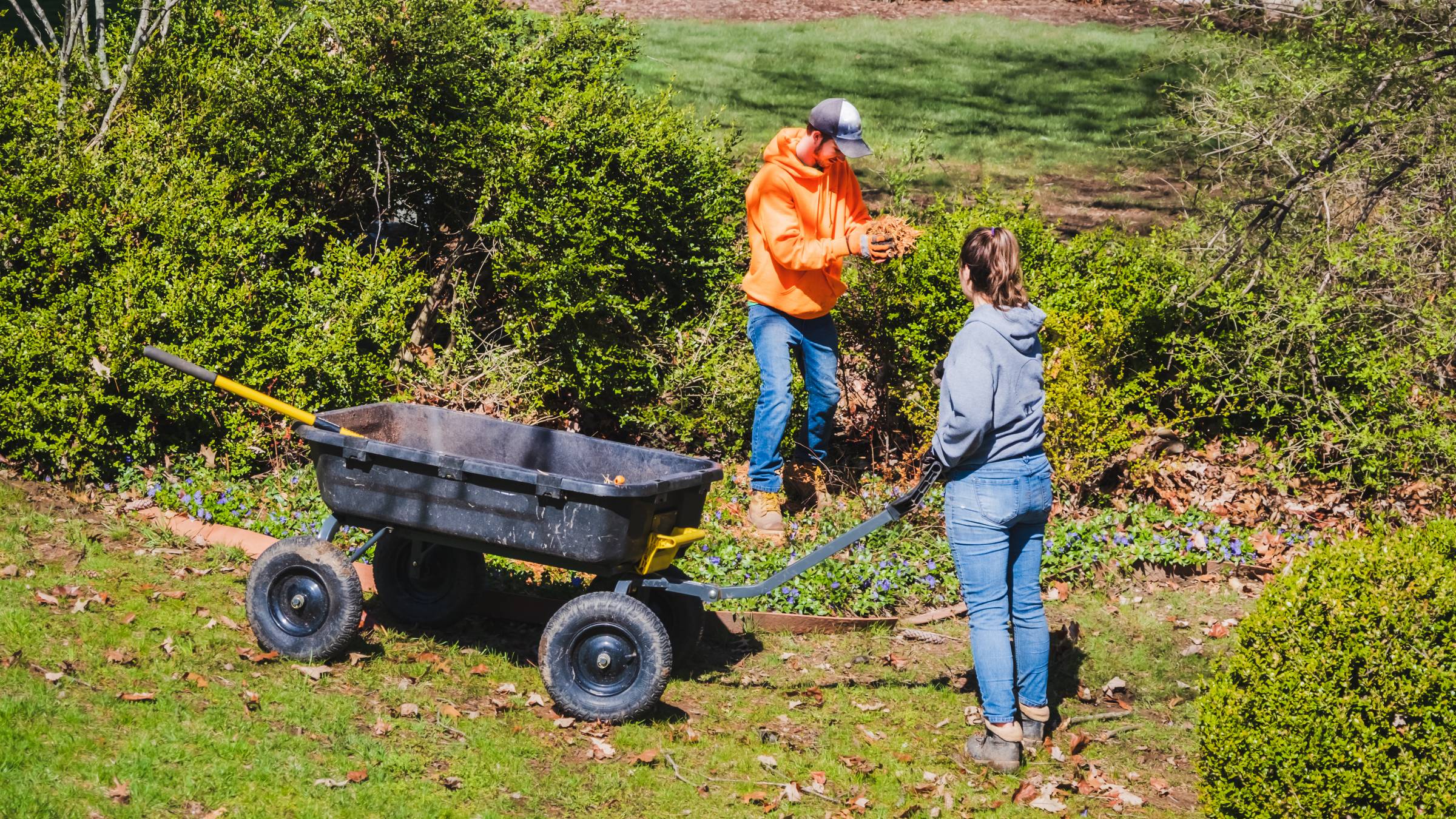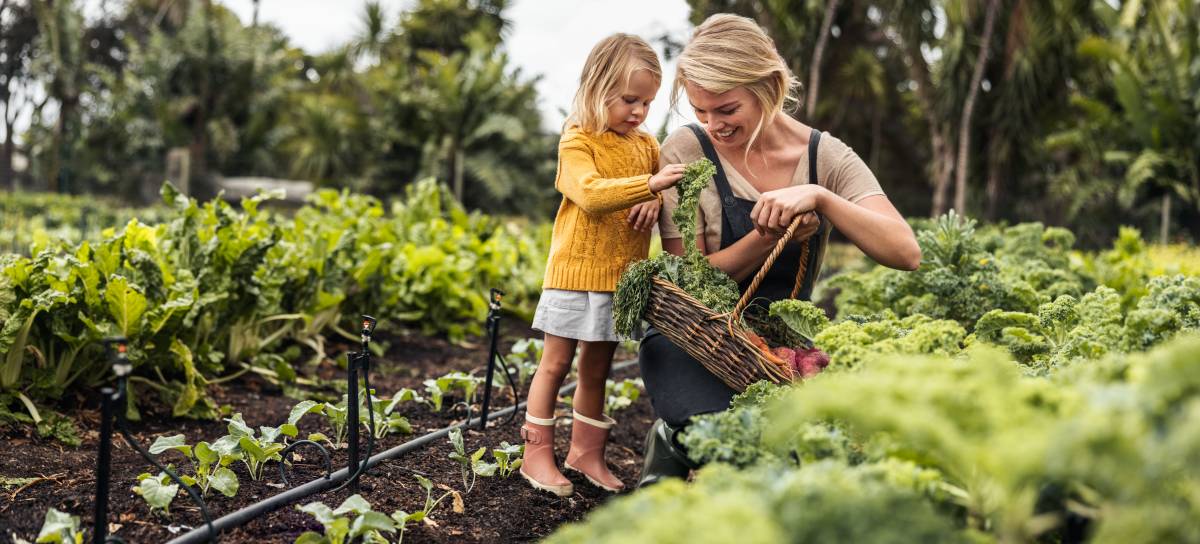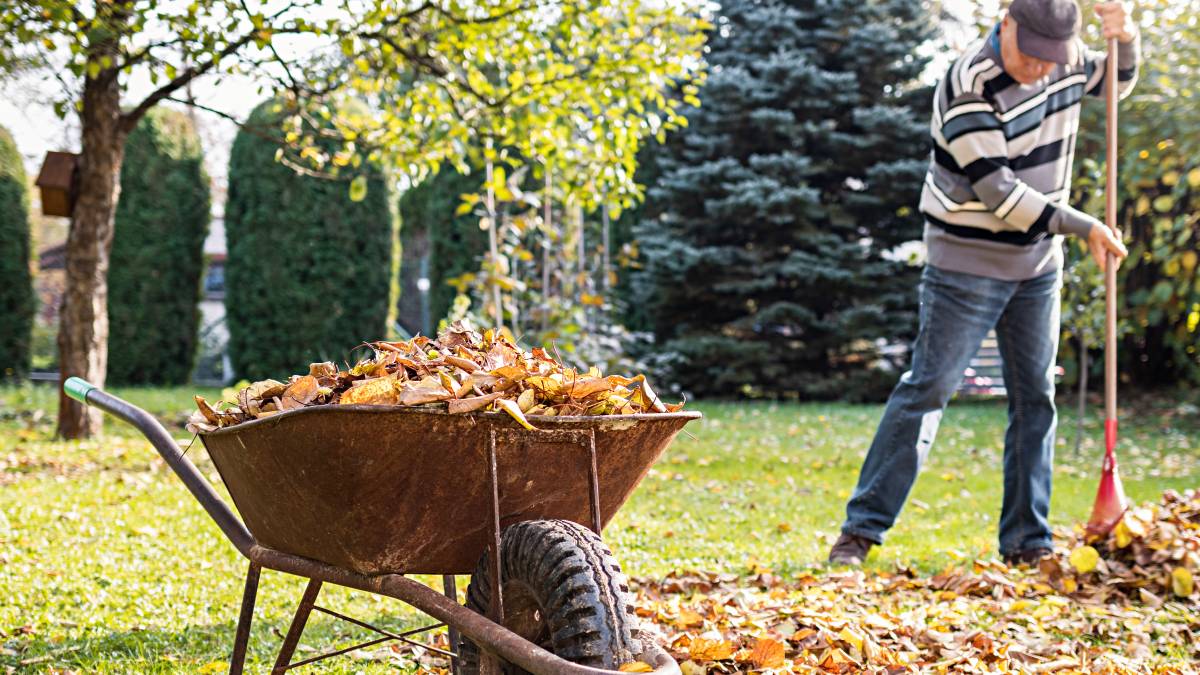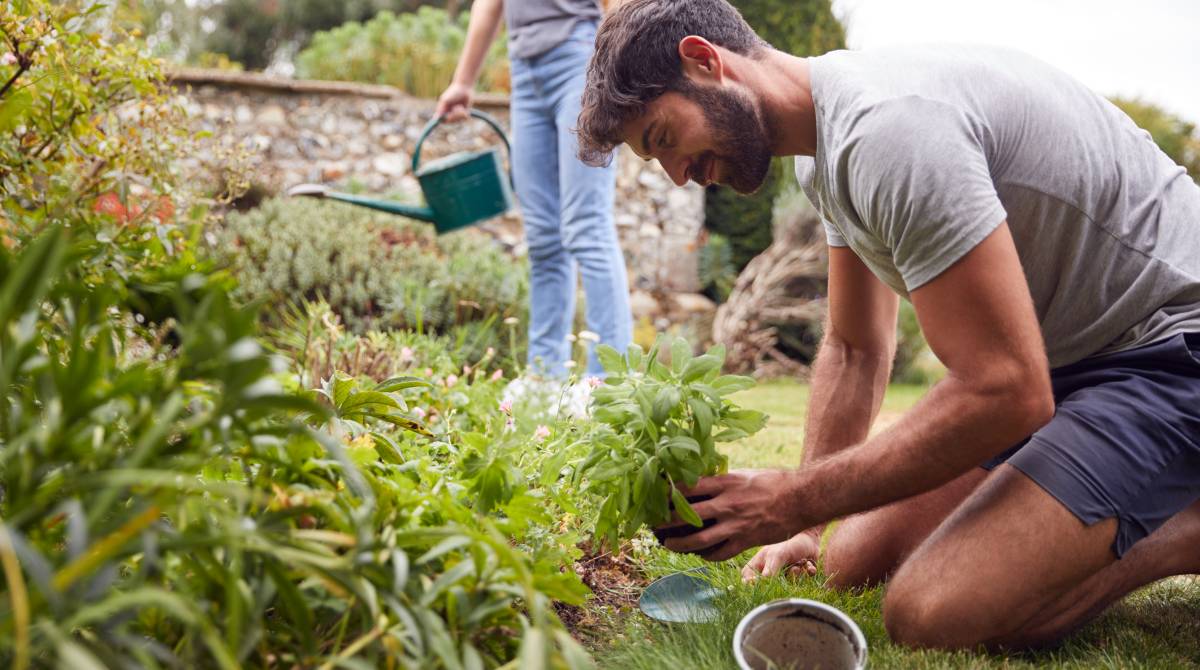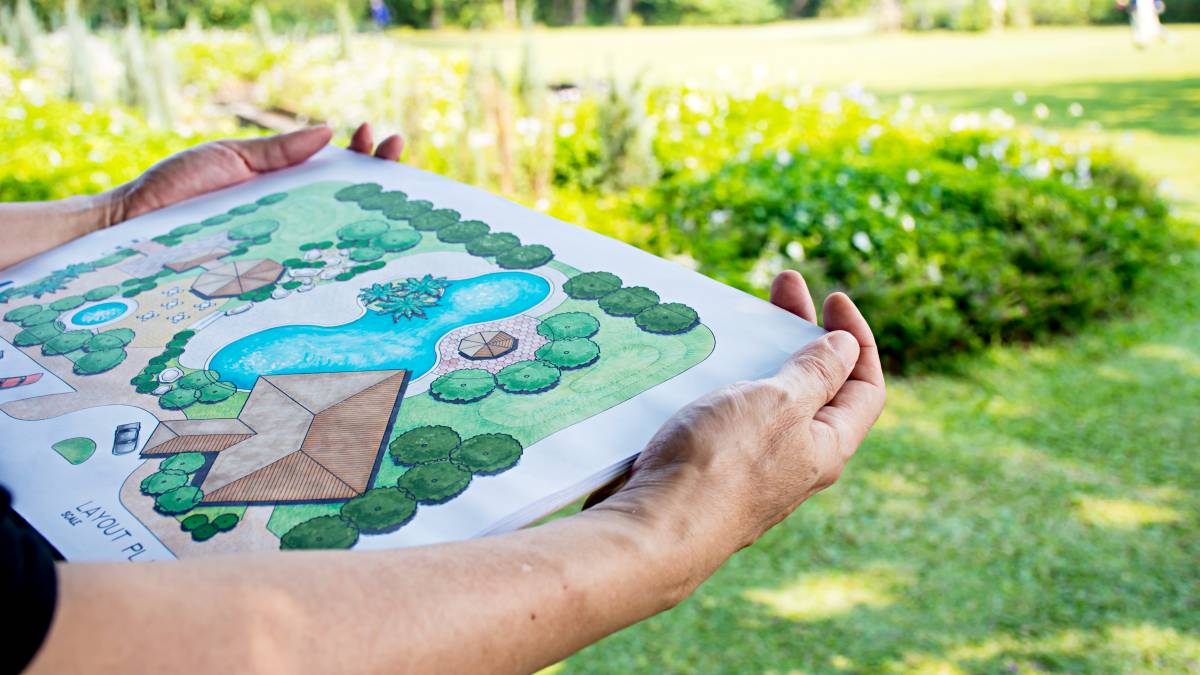
What are the best vegetables to grow in winter?
Get help starting your veggie gardenLast Updated on
The fact is, growing winter vegetables is not as difficult as you think. But to get it right, you'll want to know the right plants that do well in the cold weather and which ones can thrive in your climate.
Basically, there are vegetables that do well in certain climates and fail in others. For example, vegetables that grow in tropical areas may not do well in a cool climate.
Are you curious about which winter vegetables to grow and how to grow them successfully? Read our guide for everything you need to know about the best vegetables to grow in winter.
Winter vegetables that do well in cool climates
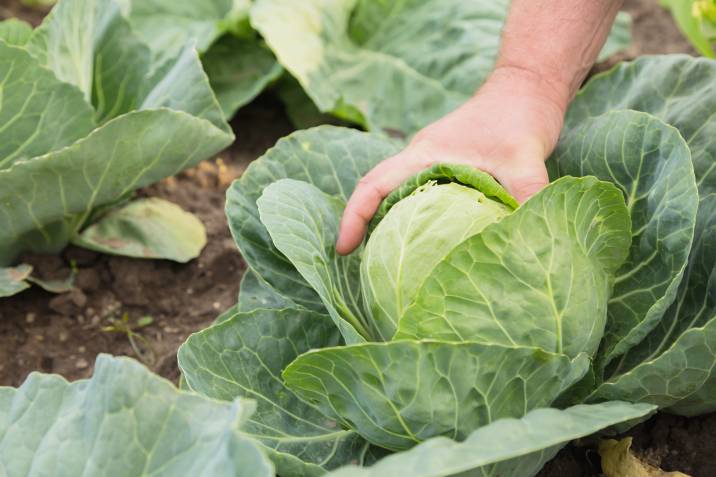
In areas such as Tasmania and Victoria which have a cool winter climate, you can grow these winter vegetables:
- Cabbage
- Onions
- Turnip
- Beetroot
- Potatoes
- English spinach
- Broad beans
- Carrots
- Silverbeet
- Leeks
- Chinese cabbage and broccoli
- Cauliflower
For the best results, plant these vegetables in a place where they will get full sunlight.
Winter vegetables for temperate regions
Some winter vegetables that you can grow in places such as the coastal part of New South Wales and some parts of Victoria include:
- Peas
- English spinach
- Green beans
- Broad beans
Winter vegetables for dry areas
The temperatures in the dry inland parts of Australia can dip, but you can still grow a number of vegetables. Some of the vegetables that do well in the dryer areas include:
- Turnips
- Spinach
- Broccoli
- Peas
- Brussels sprouts
- Lettuce
- Cauliflower
For better maintenance of the plants and to preserve water, grow the vegetables in pots and cover the soil with mulch to retain as much moisture as possible.
Winter vegetables for subtropical areas
There are vegetables that do well in subtropical areas such as southeast Queensland and northern New South Wales. The vegetables that flourish in these areas are:
- Peas
- Shallots
- Turnips
- Radishes
- Spinach
- Broccoli
- Broad beans
- Lettuce
- Onions
- Spring onions
Winter vegetables for tropical areas
The tropical weather, wet or dry, is possibly the best for growing winter veggies. Some of the places with this type of climate include parts of Western Australia, the Northern Territories, and Northern Queensland. The vegetables that you can grow include:
- Zucchini
- Broccoli
- Lettuce
- Carrots
- Cauliflower
- Butternut or Kent Pumpkin
- Sweet corn
- Cabbage
- Tomatoes
- Sweet potato
- Beetroot
This is a favourable climate and you can grow these and many more vegetables.
Also read: How to protect plants from frost |
Vegetables that can be harvested during the winter months
If you’ve been planting autumn vegetables, you can start harvesting these during early winter! Consider growing some faster-growing greens such as spinach, broad beans, kale, Asian greens like bok choy, and cress any time between autumn and early winter. Consult your local nursery or garden maintenance service for their recommendations on the best planting times for your climate.

Tips to successfully grow winter vegetables
Place your plant in a sunny area.
Vegetables need as much sun as they can get regardless of the season. The sun is low during winter months, so your garden should be in an area that gets full winter sunlight. Take a look at your property and pick the area that gets the most sun.
Dedicate a space for each vegetable variety.
The best way to plant a vegetable garden is to plant your veggies in rows with each variety in its own row. You can also opt for a winter vegetable container garden.
Plant herbs that repel pests.
To prevent pest infestation, you can plant herbs that are known to repel garden pests. Some of the herbs that emit a pungent smell and repel pests include sage, basil, lavender, and oregano. The smell is so strong that many pests cannot stand them. Other herbs taste terrible and pests avoid them at all costs.
The process of planting different plants to obtain specific benefits such as pest repelling is called companion planting. This is an age-old practice that also improves the health of plants. For example, if you live in a cool area, plant peas and broad beans together. If you live in Western Australia or other tropical areas, plant tomatoes mixed with carrots and beans.
Alternatively, you can hire a garden pest control service.
Try organic gardening.
Avoid using chemicals and herbicides to grow healthy and organic vegetables. Growing an eco-friendly garden is easy and features the following steps:
- Create fertiliser from compost.
- Use mulch or a drip irrigation system to control water usage.
- Learn how you can attract friendly insects and birds to control garden pests.
- Apply companion planting.
Try container gardening if you have limited space.
Regardless of the size of your garden, you can grow winter vegetables that do well in your climate. Plant the vegetables close together for a big harvest.
Those with small yards or only a balcony can also grow winter vegetables.
How? By planting the vegetables in pots and crates. Peas and beans are perfect examples of vegetables that use up less space on your balcony.
☞ Learn more tips: Gardening for beginners
Want to hire a professional gardener?
If you want the help of a gardening expert to grow winter veggies, head to Airtasker. You will find hundreds of skilled and experienced gardeners to help you create the perfect garden to grow winter vegetables. A professional gardener will also recommend the vegetables that grow in your climate and the best time to plant them.
Find gardeners, fast
Find a gardener
FAQs on winter vegetables
Radishes are one of the fastest and simplest vegetables to grow because they are ready for harvest four weeks from sowing! They’re also easy to grow all year round in most climactic zones.
If you love your leafy greens, you can grow spinach, bok choy, rocket, and kale. These greens are ready for harvest in 30-60 days.
Start planting your winter vegetables in autumn because many winter vegetables take a long time to grow. Depending on how much time you have, you may grow your veggies from seeds or seedlings. Seeds for slow-growing vegetables like cabbages need to be sown towards the end of summer and planted during early autumn.
Extra tip: Instead of planting all your vegetables at the same time, stagger them throughout the cold winter months, and you will have a constant supply of fresh vegetables straight from your garden.
You can choose quick-growing greens like bok choy, rainbow chard, and lettuces. You can also grow herbs like coriander, marjoram, parsley, thyme, and winter tarragon. Growing winter vegetables in pots is a great idea for those who don’t have a lot of space at home or only have a balcony. It can also help preserve water by retaining them in your plants.
Yes! Tomatoes can do well during colder months, so long as they are in pots and placed indoors to keep the soil warm.
Related articles

Gardening tips for beginners
Read more

25 ways to make money gardening
Read more
Related price guides
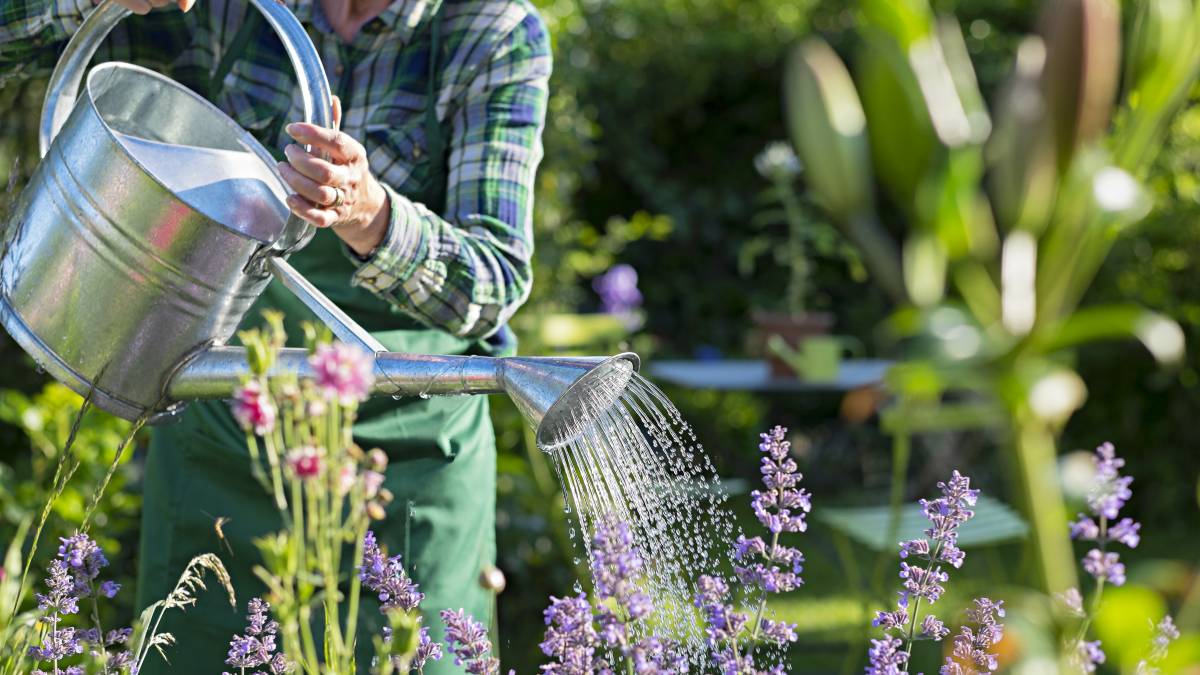
How much does a gardener cost?
Read more
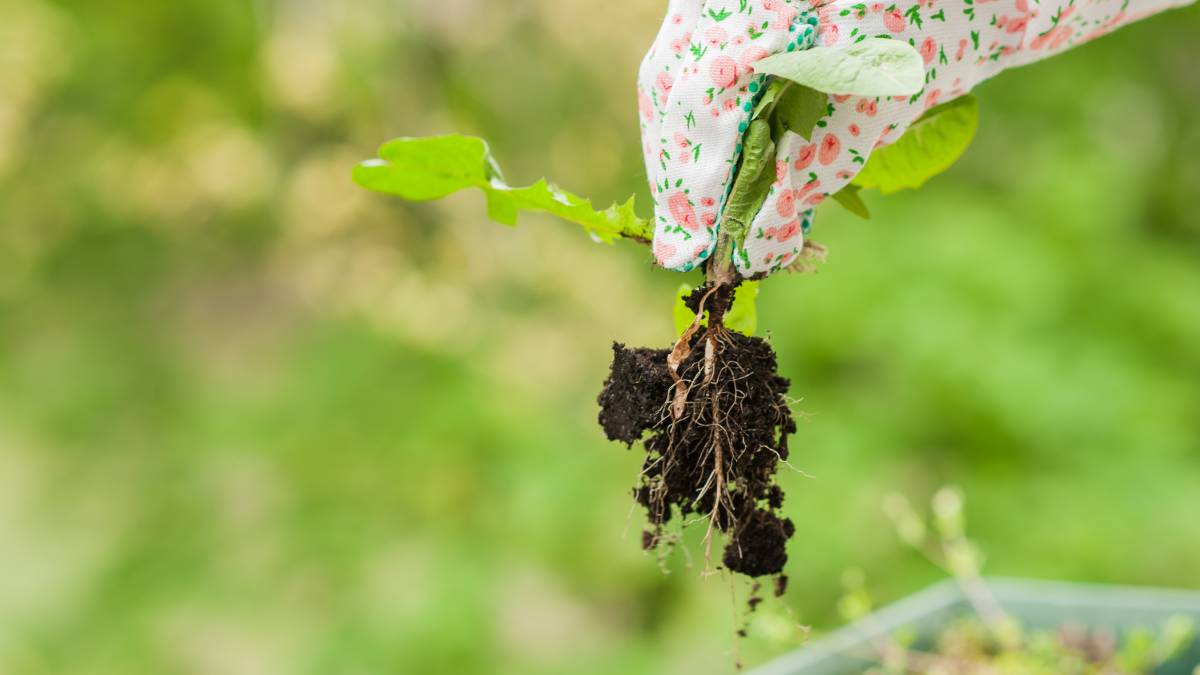
How much does weeding cost?
Read more
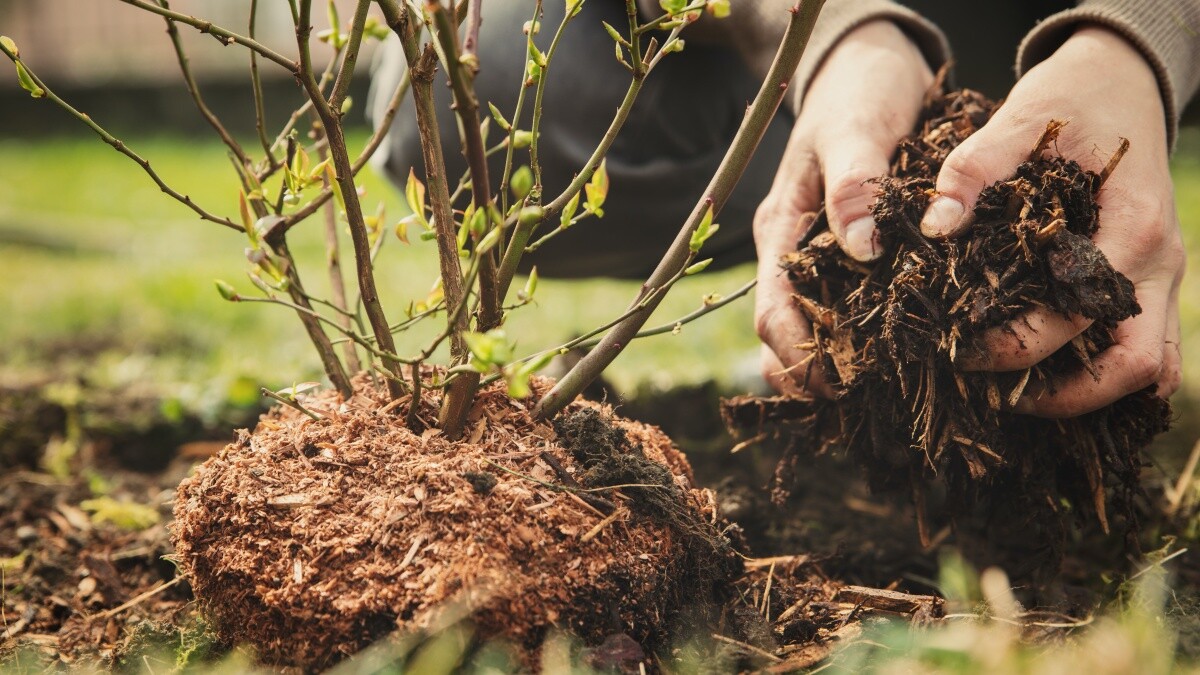
How much does mulch cost?
Read more
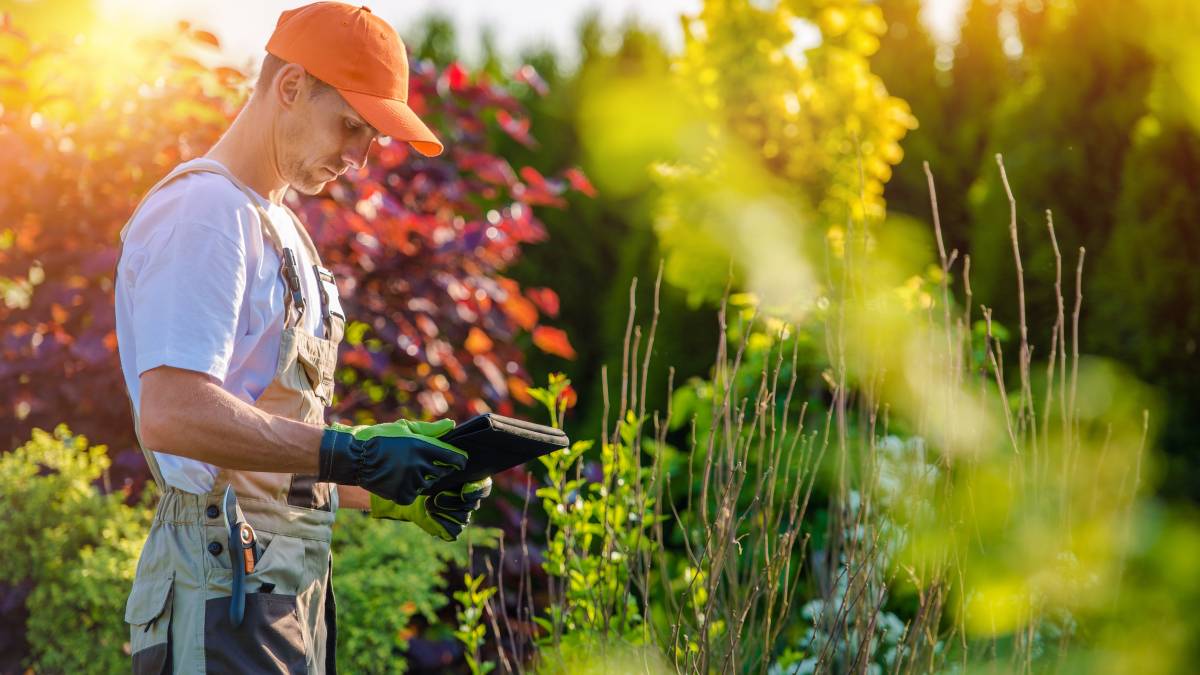
How much does garden clearance cost?
Read more

How much does a garden room cost?
Read more
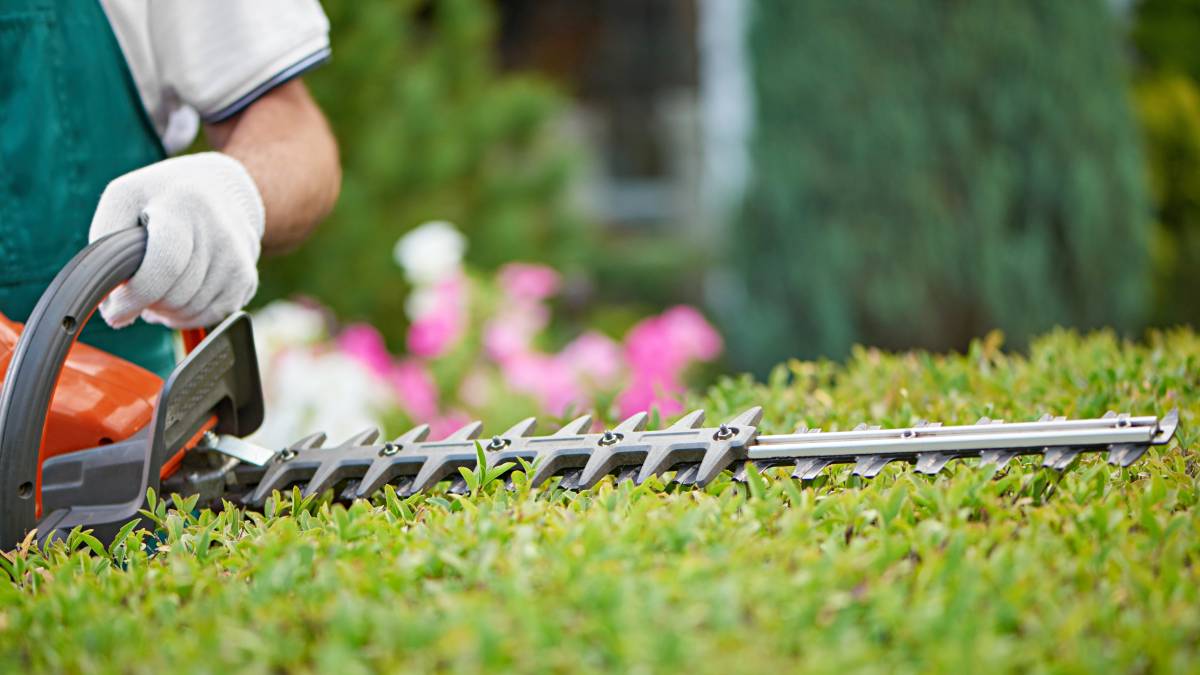
How much does hedge removal cost?
Read more
Let's do this!
It's free and takes only a minute.
